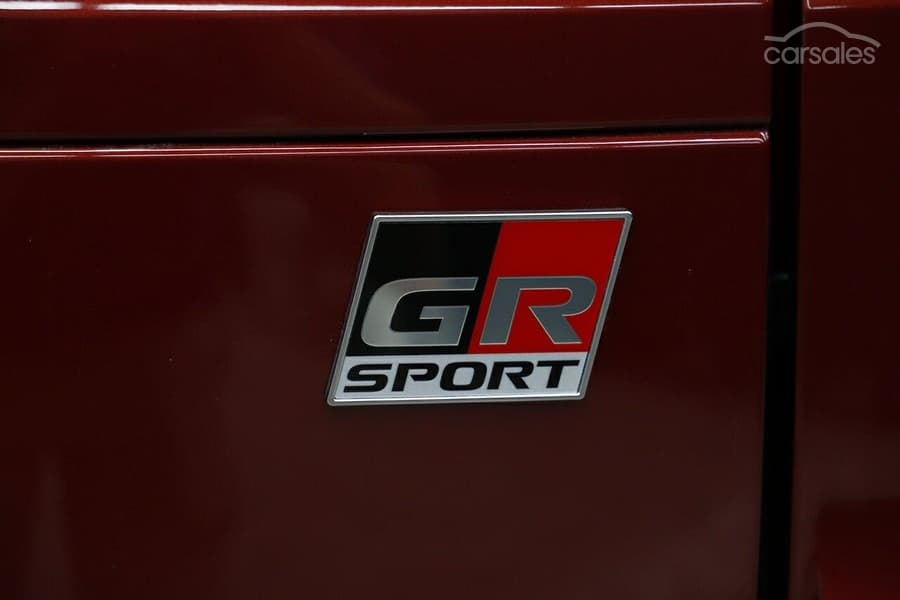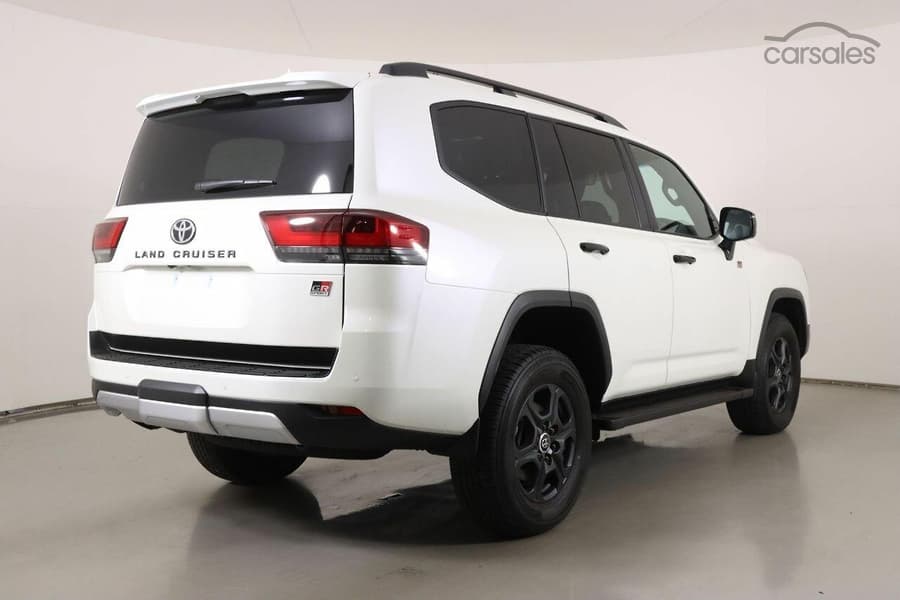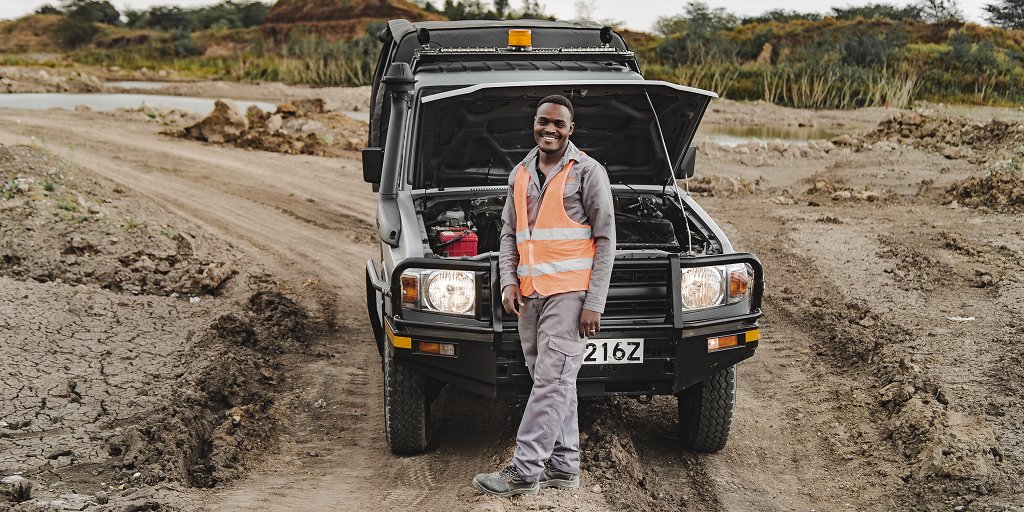
The cars the 2022 Ford Ranger Raptor can beat in a 0-100km/h race proves its super-cab credentials ⬇️⬇️ 

The 2022 Ford Ranger Raptor truly re-writes the rulebook as a dual-cab ute with enough performance to outpace proper sportscars and hot hatches.
Revealed earlier this week with a 3.0-litre twin-turbo petrol V6, the new Ranger flagship packs a sizeable 392bhp/583Nm punch – at least here in Australia, while overseas versions get a detuned engine.
With drive sent to all four wheels via a 10-speed automatic transmission, the hefty circa-2500kg dual-cab will need only 5.5 seconds to accelerate from zero to 100km/h, though an official figure is still to be confirmed by Ford.
So, what exactly does the new Ranger Raptor beat off the line? Here are the 10 cars slower to 100km/h than Ford’s new flagship pickup.
1. 2022 Mazda MX-5: Mazda’s perennial MX-5 convertible marries a front-engine, rear-drive formula with a short wheelbase and low weight for plenty of thrills. 

However, its 2.0-litre naturally aspirated four-cylinder petrol engine punches out just 181bhp/205Nm, meaning the MX-5 needs around 6.5 seconds to accelerate from 0-100km/h.
The MX-5 is arguable not about straight-line speed, but there’s no doubting the Ranger Raptor will blow away the diminutive two-seater at the drag strip.
2. 2022 Toyota 86/Subaru BRZ: Like the Mazda MX-5, the Toyota 86 and Subaru BRZ twins adopt a familiar front-engine, rear-drive recipe, but the two-door models feature seating for four instead of two. 

The new 86/BRZ engines are also larger the second time round, adopting a 2.4-litre flat-four to produce 235bhp/250Nm.
However, those outputs are still no match for the Ranger Raptor, with the 86/BRZ needing 6.3s to accelerate to the landmark triple-digit figure.
3. 2022 Hyundai i30 N: A proper hot hatch, the Hyundai i30 N punches out a sizeable 276bhp/392Nm from its 2.0-litre turbo-petrol engine. 

However, drive is sent to the front wheels, which means the Hyundai hot hatch will need 5.9s to sprint to 100km/h from a standstill when paired with a new eight-speed dual-clutch automatic transmission.
This means that the Ranger Raptor will still be able to show the i30 N its set of tail-lights when coming away from a set of traffic lights.
4. 2022 Volkswagen Golf GTI: Like the Hyundai i30 N, the VW Golf GTI makes its power from a 2.0-litre turbo-petrol engine that sends drive to the front axle. 

However, the Golf GTI produces only 241bhp/350Nm, meaning a 0-100km/h sprint time of 6.3s – some 0.8s slower than the new Ranger Raptor.
Sure, the Golf GTI also has a tricked-out front differential and adaptive suspension to keep it engaging in the corners, but owners should think twice about an impromptu drag race against a Ranger Raptor.
5. 2022 Porsche Panamera: It’s not just hot hatches and affordable sports cars that the Ranger Raptor will beat off the line, it’s also proper German sports sedans. 

Powering the base Porsche Panamera is a 2.9-litre twin-turbo V6 engine, which sends 326bhp/450Nm to the rear wheels via an eight-speed dual-clutch automatic transmission.
This translates to a 0-100km/h acceleration time of 5.6s, just slower than the Ranger Raptor.
6. 2021 Subaru WRX: With rally-bred heritage and all-wheel-drive traction, the soon-to-replaced Subaru WRX should give the Ranger Raptor a run for its money, right? 

Nope. The WRX will accelerate from 0-100km/h in 6.0s, thanks to its 2.0-litre turbo-petrol engine delivering 264bhp/350Nm, which isn’t enough to beat out he Ranger Raptor.
The new-gen version is expected to be quicker, thanks to a slightly reworked engine delivering 271bhp/350Nm, but Subaru is yet to publish official figures.
7. 2001 Holden Monaro: Remember when the Holden revived the Monaro in 2021 to much acclaim and fanfare? The V2 Series 1 was topped by a 5.7-litre LS1 petrol V8 engine, meaning the Monaro had 302bhp/460Nm at its disposal, which was good enough for a 0-100km/h sprint time in 6.5s. 

And now, two decades later, a turbocharged V6 engine in a Ford-badged dual-cab musters more power and torque, while also pipping the two-door Monaro to 100km/h.
8. 2004 Honda NSX: Regardless of whether you think the Honda NSX deserves its supercar moniker or not, there’s no doubting the prodigious performance on offer from Honda’s flagship model. 
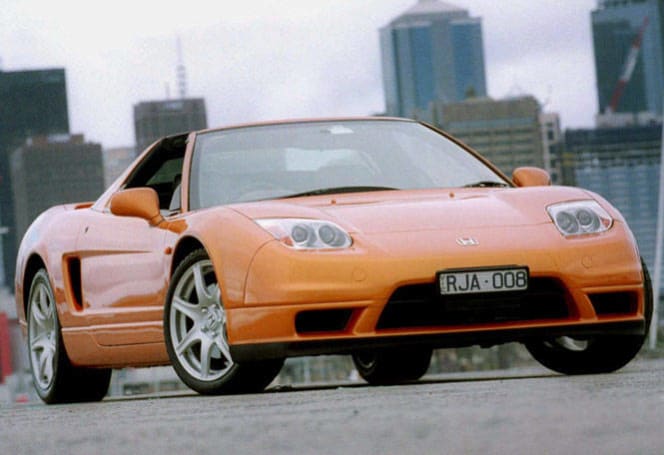
For the final iteration of its first-generation form, Honda fitted a 3.2-litre petrol V6, gifting the NSX 276bhp/298Nm that was sent to the rear wheels.
This was enough to propel the two-seater from 0-100km/h in 5.6s, but not enough to match the new Ranger Raptor.
9. 1999 BMW M3: Arguably the benchmark for classic performance cars, the E36 BMW M3 is hailed as one of the best delivered from the Bavarian brand. 

With a 3.2-litre straight-six petrol engine under the bonnet, the mid-90s-era M3 belts out 317bhp/350Nm, enabling a 5.5s 0-100km/h acceleration time.
While this time matches the new Ranger Raptor, keep in mind that the M3 tips the scales at around 1500kg, whereas the Ford dual-cab is closer in weight to 2.5 tonnes.
10. 1971 Ford Falcon GTHO Phase III: Accurate acceleration times for a 70s car can be hard to pin down, but from all reports, it looks like the 1971 Falcon GT-HO Phase III can accelerate from 0-100km/h in around 6.6s. 

Hailed as one of the best Aussie-made Fords, it is suitable then, that the 2022 Ranger Raptor could now sit side-by-side with the Falcon GTHO Phase III as the last Blue Oval-badged model to be heavily shaped Down Under.
Would these two models form the ultimate two-car Ford garage? We reckon so. carsguide.com.au/car-news/the-c… 


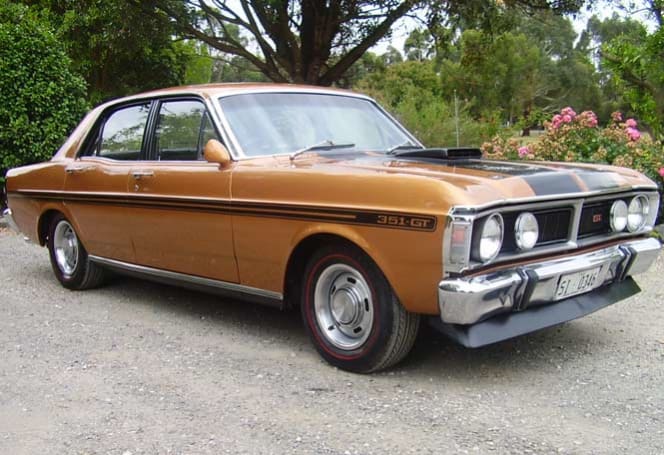
• • •
Missing some Tweet in this thread? You can try to
force a refresh













